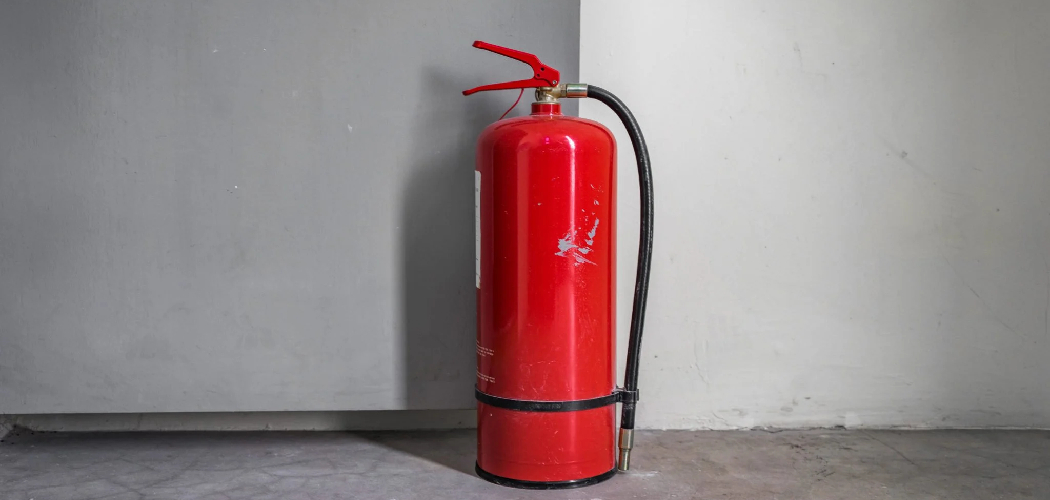Maintaining a fire extinguisher is essential for ensuring it functions effectively during emergencies, safeguarding lives and property.
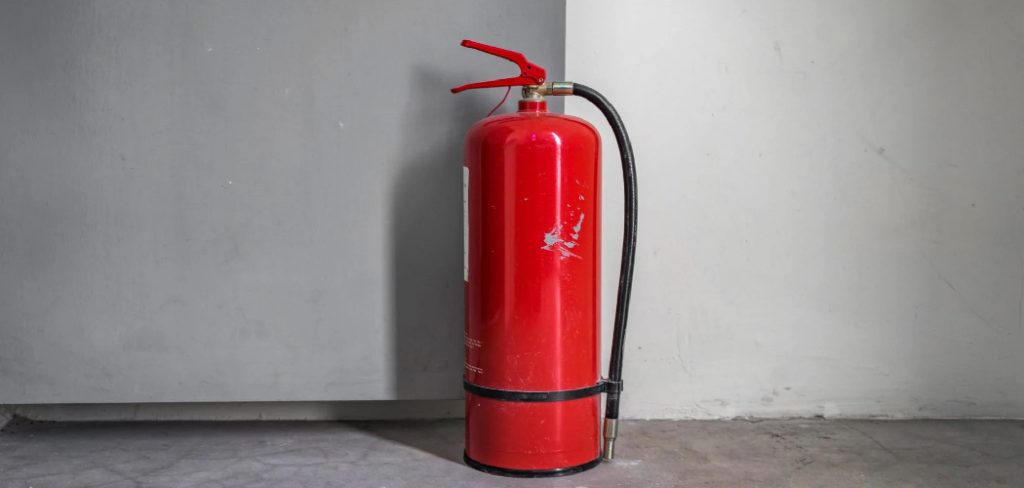
Regular maintenance not only complies with safety regulations but also extends the extinguisher’s lifespan and reliability. This guide explores the key aspects of how to maintain fire extinguisher.
Proper maintenance involves periodic inspections to check for physical damage, ensure pressure levels are adequate, and verify the integrity of seals and hoses. Additionally, understanding the type of extinguisher—whether water, foam, dry chemical, or CO2—guides specific maintenance procedures.
Staying vigilant with inspections and scheduling professional servicing as recommended by manufacturers or regulatory standards ensures that the extinguisher is ready for use when needed.
This proactive approach not only enhances safety preparedness but also minimizes the risk of malfunction during critical moments.
By prioritizing maintenance and adhering to guidelines, individuals and organizations can effectively protect against fire hazards and maintain a safe environment.
Importance of Fire Extinguisher Maintenance
The importance of fire extinguisher maintenance cannot be overstated. At its core, regular maintenance ensures that the extinguisher will work correctly and efficiently in the event of a fire, which can potentially save lives and minimize property damage.
A well-maintained fire extinguisher is less likely to fail when it’s needed most, providing peace of mind that one has a reliable means to combat small fires before they become unmanageable.
Moreover, adhering to a maintenance schedule helps in identifying and rectifying any issues such as leaks, corrosion, or expired contents that could impede the functionality of the extinguisher.
It’s also a critical component of meeting legal and insurance requirements, helping to avoid penalties and ensuring compliance with fire safety regulations.
Overall, diligent fire extinguisher maintenance is a small investment that pays significant dividends in safety and security, underscoring its essential role in any comprehensive fire protection strategy.
Fire Extinguisher Types and Components
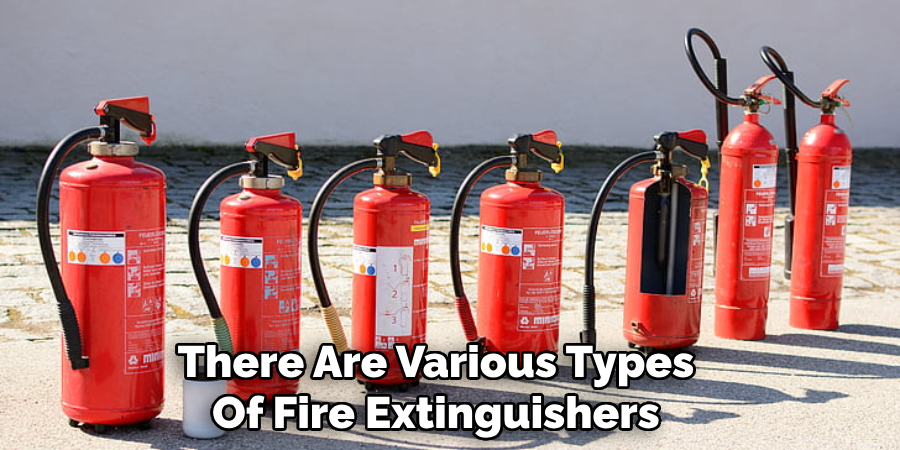
Understanding the various types of fire extinguishers and their components is crucial for effective fire safety management. Fire extinguishers are classified based on the type of fire they are designed to combat. The main types include:
- Water Extinguishers: These are used for Class A fires, which involve common combustibles such as wood, paper, and cloth. They contain water and work by cooling the burning material.
- Foam Extinguishers: Suitable for Class A and B fires, foam extinguishers can be used on flammable liquids like petrol and oil as well as ordinary combustibles. They work by forming a barrier between the fire and the source of oxygen.
- Dry Chemical Extinguishers: These are versatile and effective on Class A, B, and C fires, which involve electrical equipment. They contain a fine powder that interrupts the chemical reaction of the fire.
- CO2 Extinguishers: Ideal for Class B and C fires, CO2 extinguishers work by displacing oxygen to suffocate the fire. They are commonly used in areas with electrical equipment as they leave no residue.
Components of a Fire Extinguisher
Each fire extinguisher comprises several key components that make it functional:
- Cylinder: The main body that holds the extinguishing agent under pressure.
- Pressure Gauge: Indicates whether the extinguisher is properly pressurized and ready for use.
- Handle and Lever: Used to carry the extinguisher and discharge the extinguishing agent.
- Hose or Nozzle: Directs the flow of the extinguishing agent to the fire.
- Safety Pin and Seal: Prevents accidental discharge and ensures the extinguisher is intact.
- Label and Instructions: Provides important information on the type of fire the extinguisher is suitable for and how to operate it.
10 Methods How to Maintain Fire Extinguisher
1. Conduct Monthly Visual Inspections
Regular visual inspections are essential for maintaining fire extinguishers. Conduct a thorough inspection at least once a month to check for any visible signs of damage or tampering.
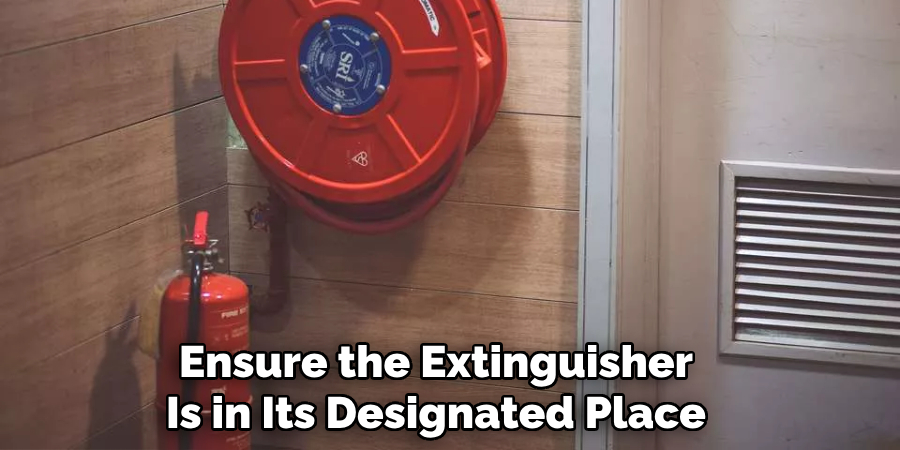
Ensure the extinguisher is in its designated place, unobstructed, and easily accessible. Examine the pressure gauge to ensure the needle is within the operable range.
Check the seal and tamper indicator to ensure they are intact, indicating that the extinguisher has not been used or tampered with. Verify that the nozzle or hose is free of obstructions and in good condition.
2. Verify the Pressure Level
Maintaining the correct pressure level is crucial for the effective operation of a fire extinguisher. During your monthly inspections, check the pressure gauge to ensure it is within the recommended range indicated by the manufacturer.
If the gauge shows low or high pressure, the extinguisher may not function correctly during an emergency. In such cases, have the extinguisher serviced by a professional to adjust the pressure or replace the unit if necessary.
3. Check the Condition of the Hose and Nozzle
The hose and nozzle are critical components of a fire extinguisher that must be in good condition to function properly. During inspections, examine the hose for cracks, wear, or damage.
Ensure the nozzle is free of blockages and securely attached to the hose. If you find any issues with the hose or nozzle, have them repaired or replaced by a professional technician.
Keeping these components in good condition ensures that the extinguisher can effectively discharge the extinguishing agent when needed.
4. Ensure Proper Weight
Fire extinguishers have a specified weight when fully charged, which is indicated on the label. Over time, the extinguishing agent can slowly leak or degrade, reducing the effectiveness of the extinguisher.
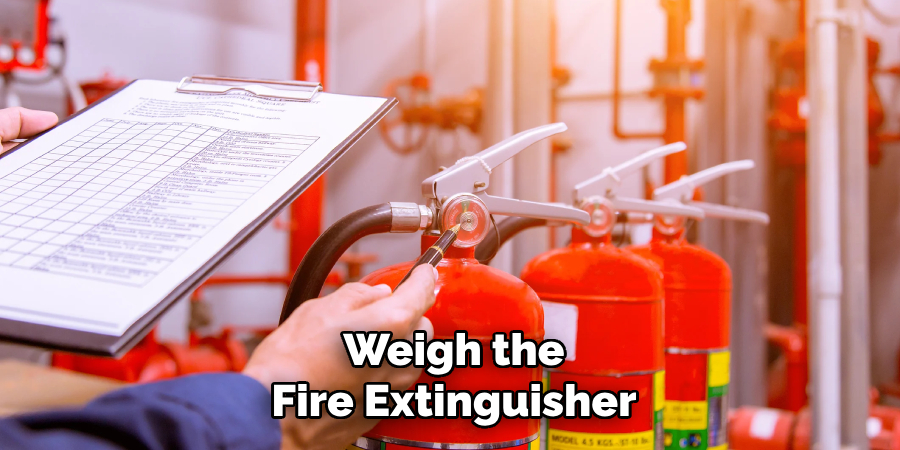
Use a scale to weigh the extinguisher and compare it to the manufacturer’s specified weight. If the extinguisher is significantly lighter than it should be, it may need to be recharged or replaced.
Regularly checking the weight helps ensure the extinguisher contains the correct amount of agent to combat fires effectively.
5. Inspect the Safety Pin and Seal
The safety pin and seal are crucial for preventing accidental discharge of the fire extinguisher. During inspections, ensure the safety pin is in place and the seal is intact.
The pin should be easily removable when needed but securely in place to prevent accidental activation. If the seal is broken or the pin is missing, it may indicate that the extinguisher has been tampered with or used.
In such cases, have the extinguisher inspected and recharged by a professional to ensure it is ready for use.
6. Clean the Exterior
Keeping the exterior of the fire extinguisher clean and free of dust, dirt, and grease is essential for visibility and accessibility. Wipe down the extinguisher with a damp cloth during your monthly inspections to remove any buildup.
Ensure that the labels and instructions are legible and not obscured by dirt or damage. A clean extinguisher is easier to identify and use in an emergency, and it helps maintain the overall condition of the unit.
7. Conduct Annual Professional Inspections
In addition to monthly visual inspections, fire extinguishers should undergo a comprehensive annual inspection by a certified professional. Professional inspections involve a more detailed examination of the extinguisher’s internal components, pressure, and overall condition.
The technician will also perform a hydrostatic test to check the integrity of the extinguisher’s cylinder and ensure it can withstand the pressure during discharge.
8. Recharge After Use
Any fire extinguisher that has been used, even partially, must be recharged immediately. Even if only a small amount of the extinguishing agent has been discharged, the pressure and effectiveness of the extinguisher can be compromised.
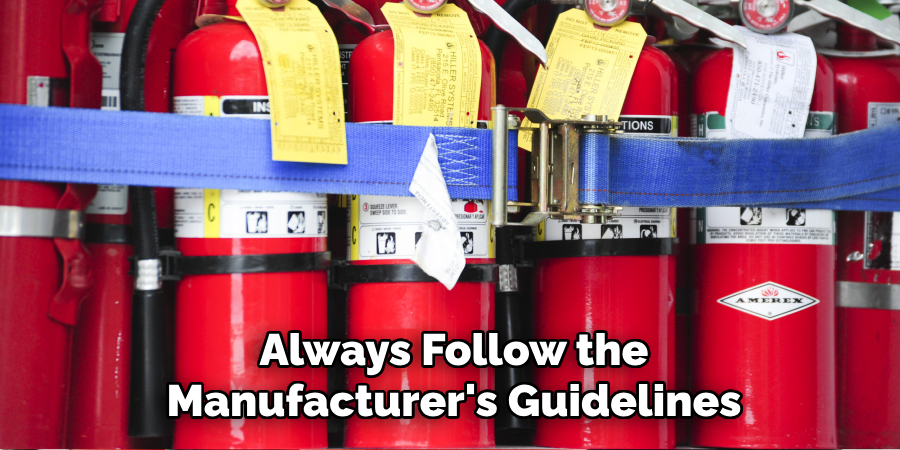
Contact a certified fire equipment service provider to recharge the extinguisher according to the manufacturer’s specifications. Recharging ensures that the extinguisher is fully operational and ready for future use.
Always follow the manufacturer’s guidelines and safety standards when recharging fire extinguishers.
9. Replace or Hydrotest Every 5 to 12 Years
Fire extinguishers have a limited lifespan and must be replaced or hydrotested periodically to ensure their reliability. The specific interval depends on the type of extinguisher and manufacturer recommendations, typically ranging from 5 to 12 years.
Hydrotesting involves filling the extinguisher with water and pressurizing it to test the cylinder’s integrity. If the extinguisher passes the hydrostatic test, it can be recharged and put back into service. If it fails, it must be replaced.
Regularly replacing or hydrotesting fire extinguishers ensures they remain safe and effective.
10. Train Personnel
Proper training of personnel is a critical aspect of maintaining fire extinguishers. Ensure that all employees or household members know the location of fire extinguishers and how to use them correctly.
Conduct regular training sessions and fire drills to reinforce this knowledge. Training should cover the types of fires that can be extinguished with the available extinguishers, how to operate them, and the importance of regular maintenance.
Well-trained personnel can respond quickly and effectively in an emergency, ensuring the fire extinguisher is used correctly and safely.
Conclusion
In conclusion, maintaining fire extinguishers involves a combination of regular inspections, professional servicing, and proper training.
Conducting monthly visual inspections, verifying pressure levels, and checking the condition of the hose and nozzle are essential for ensuring the extinguisher’s readiness. Ensuring proper weight, inspecting the safety pin and seal, and cleaning the exterior help maintain the unit’s functionality and visibility.
Thanks for reading, and we hope this has given you some inspiration on how to maintain fire extinguisher!

